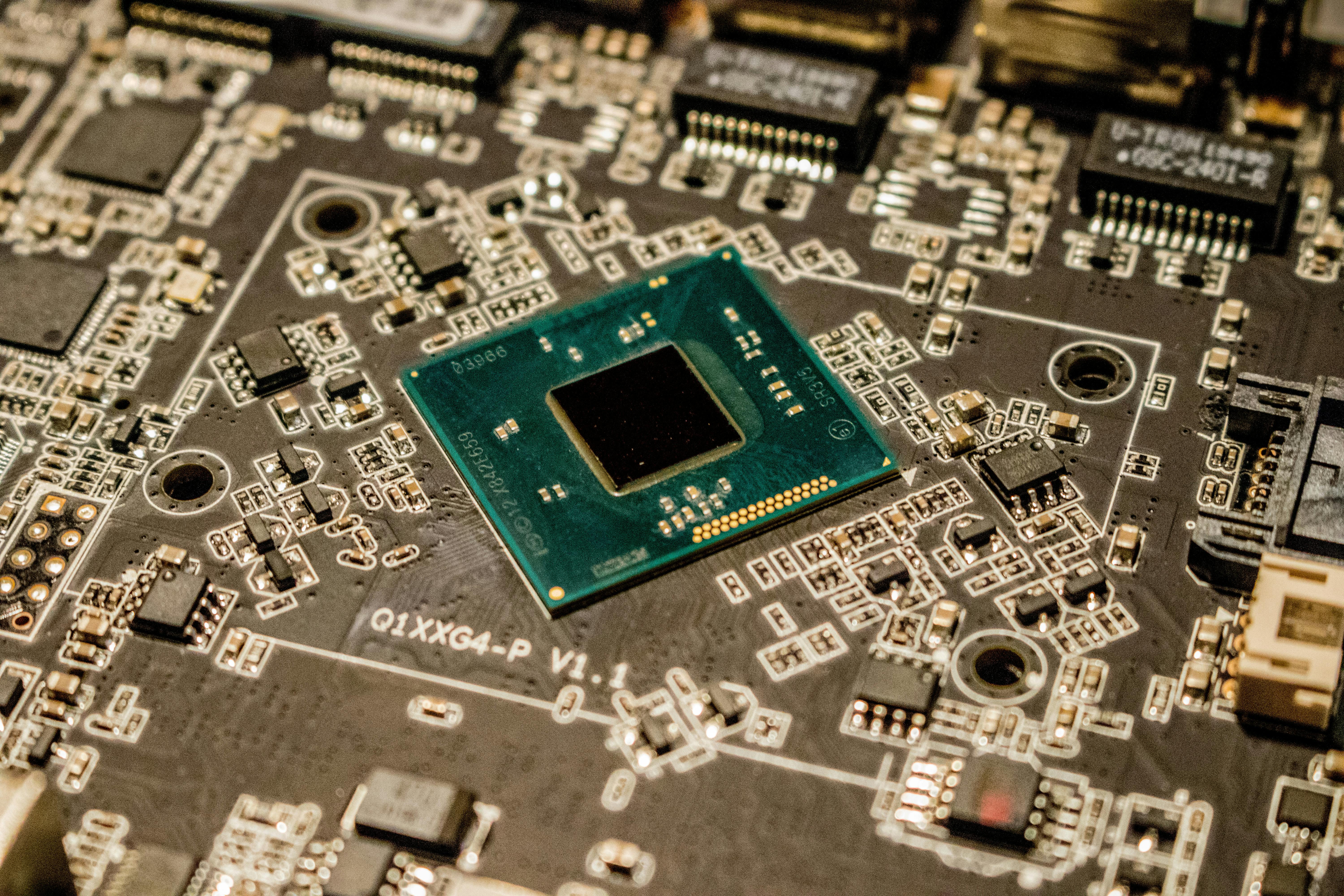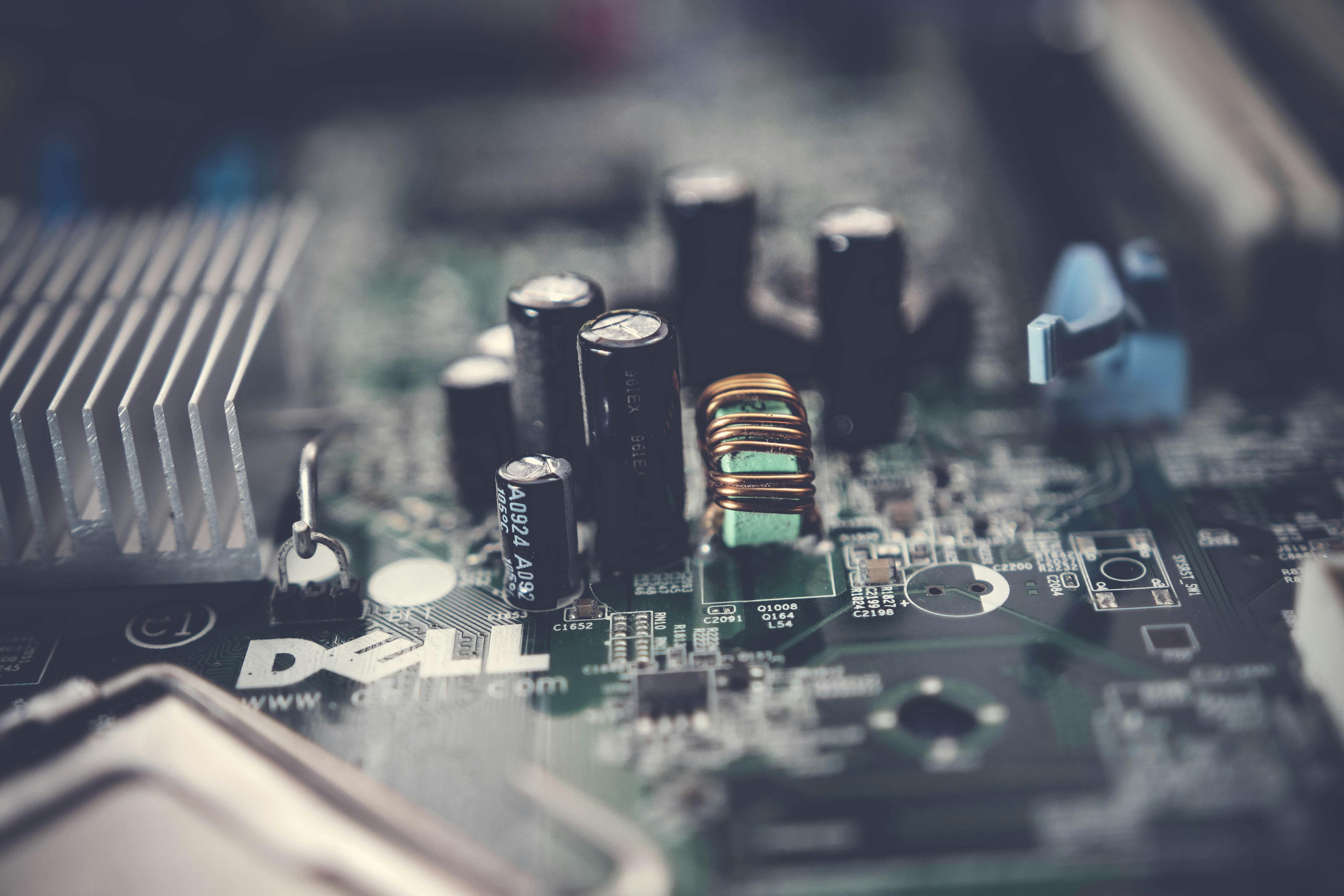Table of Contents
Semiconductor technology is at the heart of modern electronics, powering everything from smartphones and computers to automotive systems and advanced medical devices. As technology evolves, new trends are emerging that promise to drive innovation and address various challenges in the industry. This article explores some of the key emerging trends in semiconductor technology and their potential impact on various sectors.

1. Advanced Lithography Techniques
Advanced lithography techniques are essential for continuing the trend of shrinking semiconductor devices and increasing performance.
- Extreme Ultraviolet (EUV) Lithography: EUV lithography uses extremely short wavelengths of light to create smaller and more precise patterns on semiconductor wafers. This technology enables the production of more densely packed transistors, improving performance and energy efficiency in advanced processors.
- Multiple Patterning: Multiple patterning techniques, such as double patterning and quadruple patterning, are used to overcome the limitations of traditional lithography by creating smaller features on semiconductor chips. These methods help extend Moore’s Law and continue the trend of miniaturization.
2. 3D Integrated Circuits (3D ICs)
3D integrated circuits (3D ICs) are designed to enhance performance and reduce power consumption by stacking multiple layers of semiconductor components.
- Chip Stacking: Chip stacking involves vertically stacking multiple layers of semiconductor chips to create a single integrated device. This approach improves performance, reduces signal delay, and saves space, making it ideal for applications requiring high data processing capabilities.
- Through-Silicon Vias (TSVs): TSVs are vertical connections that allow electrical signals to pass through different layers of a 3D IC. They enable high-bandwidth data transfer between stacked chips, enhancing overall system performance.
3. Semiconductor Materials and Processes
Emerging materials and processes are being explored to overcome limitations of traditional silicon-based semiconductors and enable new functionalities.
- Wide-Bandgap Semiconductors: Materials such as silicon carbide (SiC) and gallium nitride (GaN) offer superior performance in high-power and high-frequency applications. These wide-bandgap semiconductors are used in power electronics, electric vehicles, and 5G infrastructure due to their efficiency and thermal conductivity.
- Graphene and 2D Materials: Graphene and other 2D materials, such as transition metal dichalcogenides (TMDs), have exceptional electrical, thermal, and mechanical properties. Research is underway to incorporate these materials into semiconductor devices to improve performance and enable new applications.

4. Quantum Computing
Quantum computing represents a significant leap in computational power by leveraging quantum bits (qubits) to perform complex calculations.
- Quantum Processors: Quantum processors use qubits to perform computations that are infeasible for classical computers. Companies like IBM, Google, and D-Wave are developing quantum processors that could revolutionize fields such as cryptography, materials science, and artificial intelligence.
- Quantum Algorithms: The development of quantum algorithms is crucial for harnessing the full potential of quantum computing. These algorithms enable new ways of solving problems that classical computers struggle with, such as optimization and simulation tasks.
5. Artificial Intelligence (AI) and Machine Learning (ML) Integration
AI and machine learning are being integrated into semiconductor design and manufacturing to enhance efficiency and capabilities.
- AI-Optimized Chips: AI-optimized chips, such as Google&8217;s Tensor Processing Units (TPUs) and NVIDIA&8217;s GPUs, are designed to accelerate machine learning and AI workloads. These specialized processors improve performance in tasks like image recognition, natural language processing, and data analytics.
- Design Automation: Machine learning algorithms are used to optimize semiconductor design processes, including circuit layout and defect detection. AI-driven design tools can accelerate development cycles and improve the accuracy of chip designs.
6. Edge Computing
Edge computing involves processing data closer to the source rather than relying on centralized data centers, reducing latency and improving efficiency.
- Edge AI Chips: Edge AI chips are designed to perform artificial intelligence and machine learning tasks directly on edge devices, such as sensors, cameras, and IoT devices. This approach enables real-time data processing and decision-making, reducing the need for constant cloud connectivity.
- Low-Power Semiconductors: Semiconductors optimized for low-power operation are essential for edge computing applications, where power efficiency is crucial for battery-operated devices and sensors.
7. Flexible and Wearable Electronics
Flexible and wearable electronics are emerging as new trends in semiconductor technology, enabling innovative applications in consumer electronics and healthcare.
- Flexible Displays: Flexible displays use organic light-emitting diodes (OLEDs) and other technologies to create bendable and foldable screens. These displays are used in devices like smartphones, tablets, and wearable devices, offering new form factors and user experiences.
- Wearable Sensors: Wearable sensors integrate semiconductor technology into devices such as fitness trackers, smartwatches, and health monitors. These sensors collect and analyze physiological data, providing valuable insights into health and fitness.

Conclusion
Emerging trends in semiconductor technology, including advanced lithography techniques, 3D integrated circuits, new materials, quantum computing, AI integration, edge computing, and flexible electronics, are driving innovation and shaping the future of the industry. These advancements promise to enhance performance, enable new applications, and address various challenges in technology and electronics. As semiconductor technology continues to evolve, it will play a crucial role in advancing modern technology and improving our daily lives.